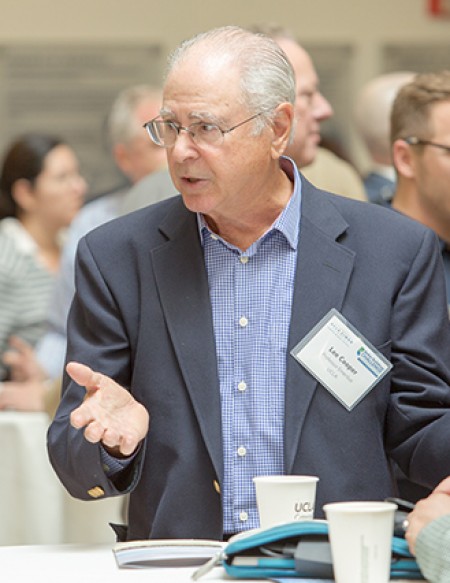
Lee Cooper’s road to a 50-year career at UCLA’s Anderson School of Management began in Champaign-Urbana.
It was at Illinois where he earned his second and third psychology degrees — a master’s in 1969 and a Ph.D. a year laer.
The UI “has had a distinguished history in psychometrics, one of the foundational sciences in our data-driven world,” Cooper says. “Ledyard R. Tucker led the psychometric group in mid-1960s. He was already a legend. My undergraduate mentor at Cal, Bill Meredith, wrote and lobbied for my entry into grad school in psychometrics.
"This was in the spring of 1966. With his and Edwin Ghiselli’s support, I made it to the finals of the ETS psychometric-fellowship competition, was admitted at Illinois, and at the Thurstone Lab at UNC. I was going to fly to Illinois to try to convince Tucker to hire me when I received a letter from him asking me to be his RA. Bill assumed I would take that offer, and, of course, I did.
“I arrived at Illinois in August 1966, while Tucker was still at the University of Hawaii, his usual summer haunt. He sent my first tasks via a letter to Mark Applebaum, who was a year or two ahead in the program and showed me around upon arrival. The letter contained seven pages of handprinted Fortran II code. Once I’d removed my keypunching errors, the code ran the first time. This was work on the Tucker-Koopman-Linn simulation study of factor analysis.
“That first fall, Bill Meredith joined other luminaries coming to Illinois for Tucker’s working group on factor analysis. I don’t remember the senior faculty other than Tuck, Bill and Paul Horst, but Karl Jöreskog and Michael Brown were postdocs at ETS who made the trip. They got to sit at the conference table and participate, while current doctoral students were allowed to sit against the walls and listen.
“Graduate school was a narrowing experience as much as Berkeley was a broadening experience in the 1960s. I took a much deeper dive into a much smaller domain: exploratory multivariate analysis. What passed for breadth came from listening to Tucker help other students and some faculty discuss and solve analytical problems in other areas of psychometrics, mathematical models and experimental design.
“Tucker’s large office was partitioned into four sections with bookcases and filing cabinets in between. The front half held an often-empty secretary’s desk facing the door on the east and my desk facing the north wall. Tucker’s desk was behind the bookshelves that separated him from the secretary’s desk. The final quadrant held a conference table, where Tucker held court as the understated master helping others with their problems.
“Filing cabinets separated my desk from the conference table. I couldn’t see what he was writing on those yellow-lined pads but came to visualize the math as he spoke. Matrix algebra is a highly visual, mathematical language that Bill Meredith introduced me to years before. I felt I was fluent until my first graduate-level math class in matrix algebra. I got a D on the first midterm.
“In the Math Department, everything was a theorem-proof class — not my strong point. A D would be a double fail in my program. I would automatically be put into a terminal master’s program. This was about the time of my draft test, and the prospect of Vietnam focused the mind. I solved every homework problem in the book and got extra feedback on that from the instructor. I ended up with an A, which surprised the hell out of me.
“Graduate school was just what I wanted — a deep dive into exploratory multivariate techniques. Three-mode factor analysis, individual differences models for multidimensional scaling, the search-for-structure models, generalized learning curves, and estimating parameters of functional relations using factor analysis all were new in the mid-to-late 1960s.
“Mathematical psychology was abuzz with ‘Mathematical psychology: an elementary introduction,’ by Coombs, Dawes and Tversky. I did a masters thesis under William Batchelder, which bridged between mathematical learning theory and multivariate statistics.
“Tucker hosted a steady stream of luminaries who held short residences: Paul Lazarsfeld, Patrick Suppes, Ken Hammond and Joseph Kruskal, among many others. It was a vibrant and productive time in the history of psychometrics. The times I would visit Urbana, long after his retirement, Tuck would always greet me with a yellow-lined tablet with his most recent puzzles and solutions.
“My experience at Illinois launched a 50-year career at UCLA. I remember the tough days and the joyous days with gratitude and thanks.”
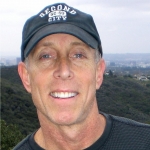
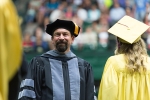
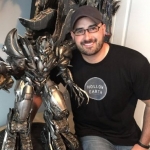
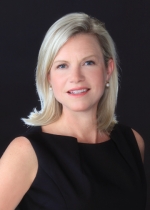
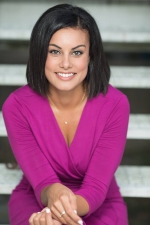
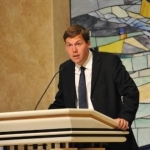
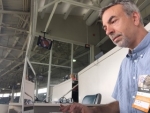
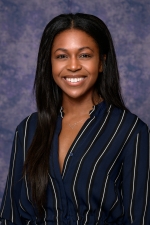
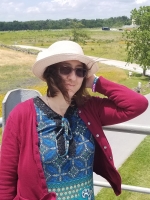
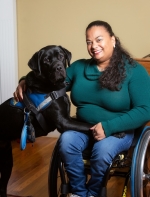
© 2026 The News-Gazette, All Rights Reserved | 201 Devonshire, Champaign, IL | 217-351-5252 | www.news-gazette.com
